SUSTAINABILITY: THEORY VS. REALITY
When discussing sustainable business, ideas that make “big-picture” environmental sense on paper may or may not translate well into day-to-day practice.
What may seem more efficient in the long-term is not always conducive to the main focus of business, the bottom line – particularly when talking about supply chain actors and retailers.
This is why it’s so important to get onto the factory floors and gain ground-level insights that help bring value and tangibility to research and recommendations. And this week, we were fortunate enough to have the opportunity to tour a leading Chinese supplier that is deploying a portfolio of sustainability strategies and programs across their operations.
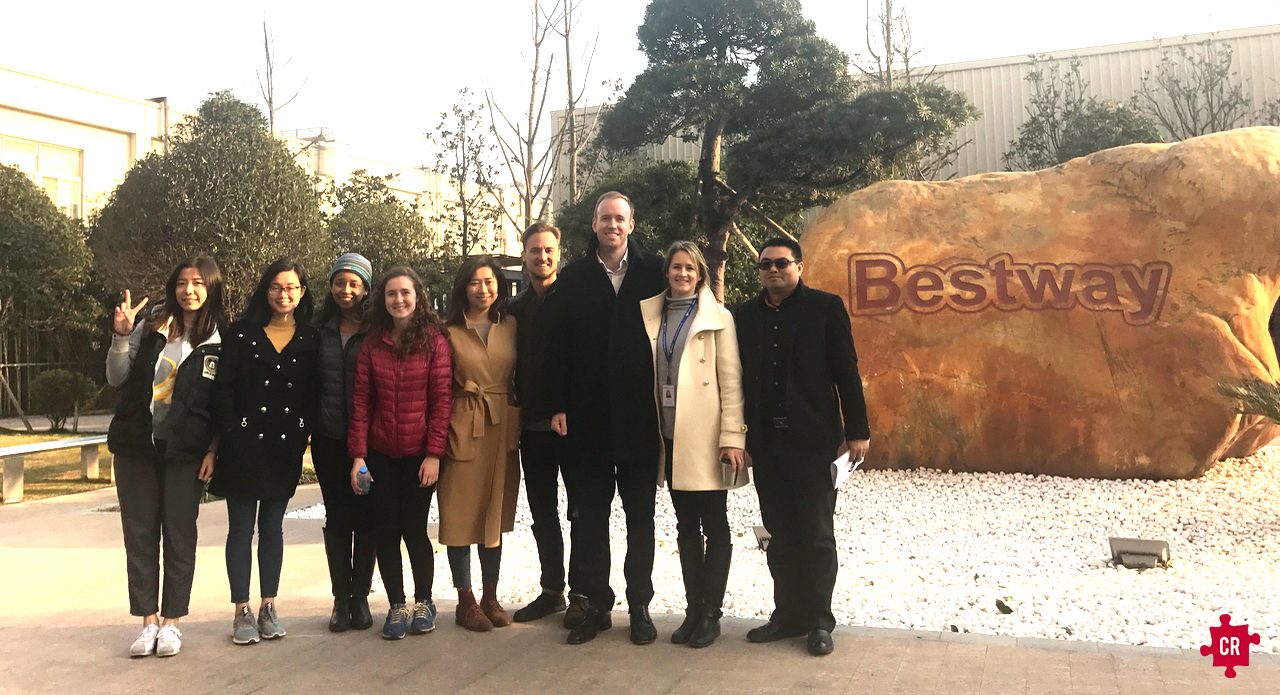
BESTWAY & WALMART: A SUSTAINABLE SUPPLY CHAIN RELATIONSHIP
Bestway, an outdoor leisure product manufacturer and Walmart supplier, is coming up with unique solutions for an obstacle many manufacturers face: the balance between efficient, profitable operation and sustainable practice. Walmart, in particular, stands out from most retailers with its heightened focus on supply chain sustainability, instituting several programs and initiatives in the past few years like The Sustainability Consortium and the Sustainability Index.
Walmart has also encouraged actors along its supply chain to participate in the CDP (formerly the Carbon Disclosure Project), and Bestway has taken these measures in stride. In fact, out of the 5600 suppliers who filled out the CDP sustainability report, Bestway ranked first in the plastic and metal toy categories, and 10th overall (among all category participants) in China.
Parameters for the report raise an interesting point about “sustainability” in the manufacturing sector: Companies are asked to fill in information ranging from energy use and savings to identified political risks. Our guide, China-based Sales VP Anna Dalton, explained, “They want to see that you are sustainable in all elements and that you’re planning for the future. It’s about setting clear goals and having ways to measure progress towards them.”
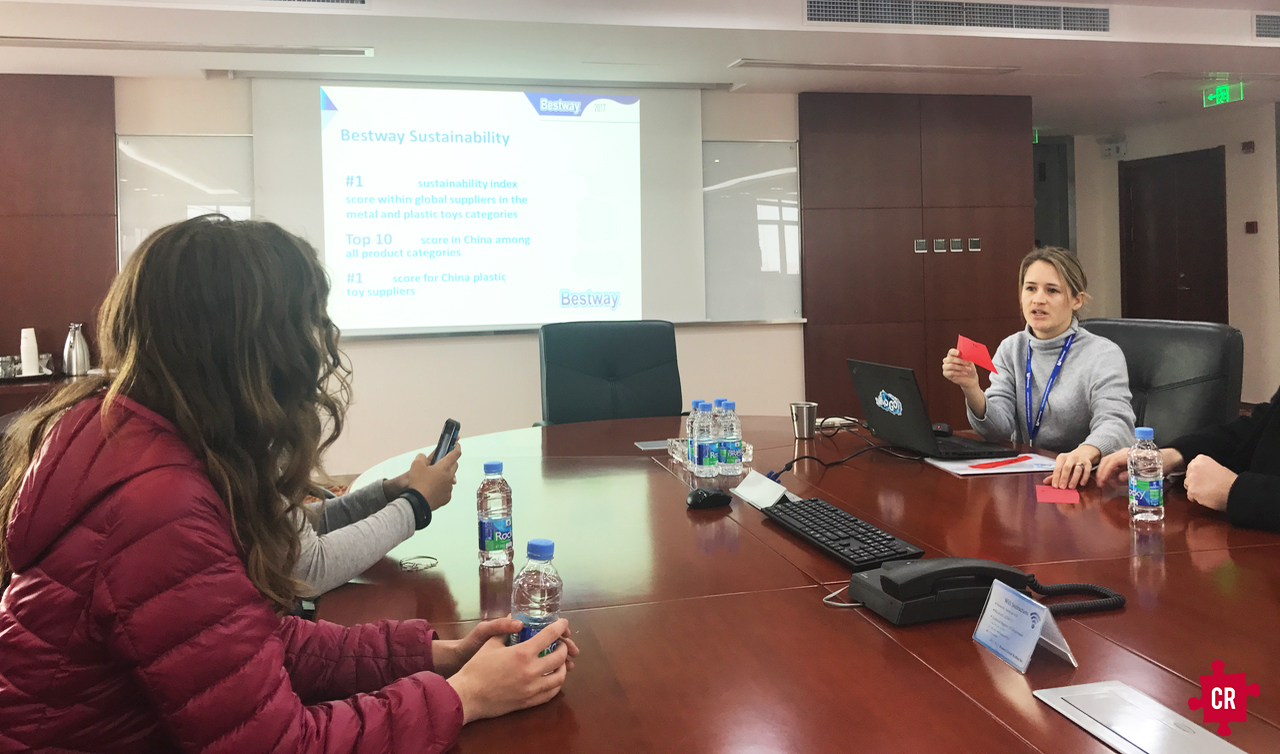
The process of participating in the Walmart Index and the CDP report has opened up opportunities to fully identify and evaluate areas for improvement and growth in sustainability – what Bestway describes as its “points of excellence”. The company has found several concrete areas to decrease its environmental impact while increasing the efficiency and cost-efficacy of its operations, including energy use, construction and demolition (C&D) waste, and material recycling in both production and consumption.
SOLUTIONS FOR SUPPLY CHAIN SUSTAINABILITY
Energy and Emissions
As part of the company’s engagement in the Walmart and CDP measurements, Bestway calculated the annual energy savings for its 15 sustainability projects across its three factories. In 2015, the manufacturer saved 7,173 metric tons of CO2 emissions, and the goal is to reduce emissions by 5% each year – so far exceeded both in 2015 with a 14.9% reduction, and in 2016 with a 9.3% reduction.
What is most surprising is the role solar power has come to play in the company’s energy mix. Currently, 5.9% of the energy used across three factories comes from solar power, a total of 5,059 MWh produced in 2015.
It’s rare in general for factories to use solar power due to its expense and a long wait for the return on investment, but “sustainability” requires attention on the long-term. Bestway is already investing heavily in solar energy, applying a forward-thinking strategy to support future longevity and efficiency.
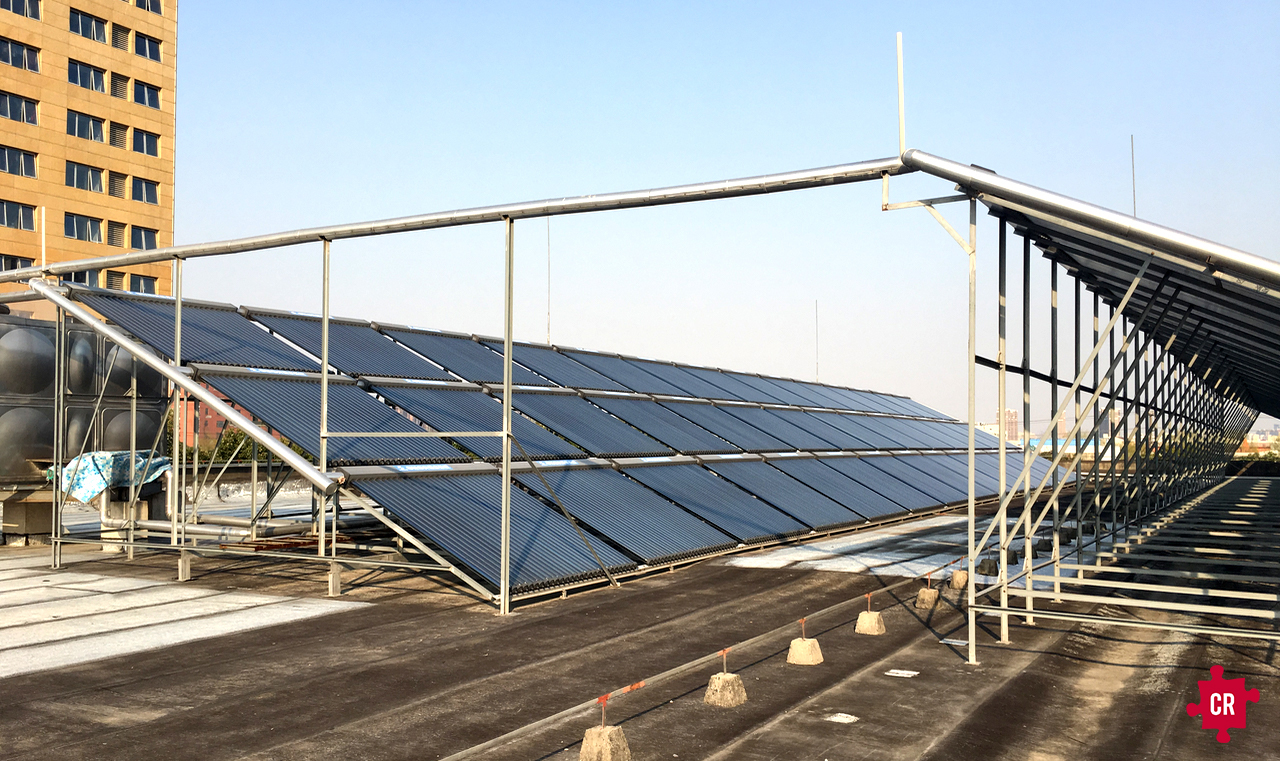
Additionally, Bestway identified an inefficiency in how it uses water as a cooling system for machines on the factory floor. The water heating and compression system that originally ran 24/7 in cycling hot and cold water is now regulated to run for about 12 hours a day. Under the updated system, Bestway has been able to cut electricity costs by 30% with the new technology, according to Mr. Zhou, Director of Facilities.
By conserving and evolving to more sustainable energy and emissions practices, the company is able to achieve long-term environmental and economic gains, but save money in the short term as well.
C&D Waste
Over the past year, Collective has been conducting ongoing research into the ins and outs of waste management in Shanghai. Our work has put us in contact with informal recyclers to collection centers both large and small who deal with several forms of waste – from small plastic bottles to large C&D byproducts of Shanghai’s ongoing infrastructural development.
We came across a surprising finding over the course of our tour. As Bestway continues to expand its facilities, an unexpected opportunity has opened up when ordering demolition of old buildings to make room for construction of new ones. Demolition firms are invited to the sites of buildings, and each makes their bid for how much they would like to pay Bestway to take down the structure and carry away the remains – which, as we know, are later sold in the discrete circular waste economy.
In the end, Bestway gets the demolition taken care of, is able to remove C&D waste, and even makes a small profit in the end.
Recycling Post-Production and Post-Consumer Waste
Perhaps one of the most powerful projects in Bestway’s sustainability arsenal is the recycling program – an initiative that can directly address and reduce overall waste. With two machines that can recycle the material components for its products, the company is able to reduce the amount of waste generated through production. However, they realized they could take it one step further.
Bestway has started programs with major retailers to take store-level returns back to their manufacturing site, where the material resources are either recycled back into the production process or sold to third parties.
As a brief overview, the three materials used in manufacturing pool toys and inflatables are polyvinyl chloride (PVC), flocked PVC, and triple laminate. Sheets of PVC, rolled into spools, are used to make the inflatables themselves. An added layer of polyester fiber, or “flocking,” can be added to PVC to create the fuzzy top layer for products like air mattresses. Triple laminate forms the sturdy and durable bottoms of above-ground pools and similar items, combining two layers of PVC with a layer of nylon mesh webbing in between.

All three materials are able to be processed, separated, and recycled or resold for other use. PVC can be ground down and turned back into its original sheets, and the flocking can be sorted out and sold away. Even the nylon mesh components of the triple laminate are separated, treated with air, and turned into fluff (see right), which is then sold to a third party stuffed animal company for use as stuffing.
Ultimately, the recycling program is able to cut down on the physical excess and byproducts of manufacturing and retail, serving the needs and desires of major stakeholders.
KEY TAKEAWAYS
What can businesses accomplish when juggling sustainability concerns with profitability and productivity?
Bestway and Walmart’s partnership has demonstrated that a great deal of collaborative and innovative solutions are possible, that sustainable practices and efficiency are not mutually exclusive, but are actually conducive to one another. The key to discovering these overlaps and advantages is to:
- Consider the motivations of stakeholders – both retailer needs and consumer behavior.
- Evaluate current processes and standards. Get a baseline.
- Take measurements and track trends over time to find what works. Numbers increase transparency.
- Identify points in the workflow that can be optimized or avoided altogether.
- Look out for ways to turn a challenge into an opportunity – and even profit from it.
- Communicate progress and wins with stakeholders – improve relationships.
- Continue to challenge norms and break out of comfort zones. Keep looking forward.
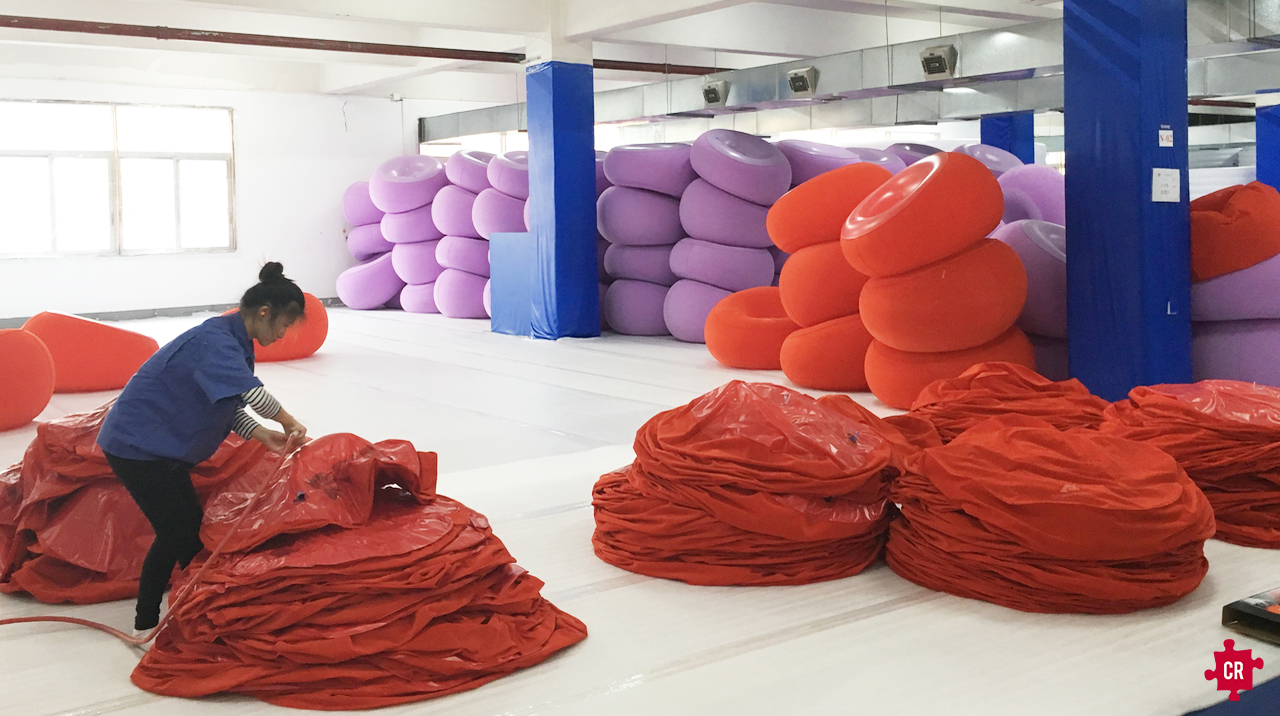
For related articles, check out our content under the Manufacturing, Stakeholder Engagment, Waste, and Energy tags. Follow Collective on social media to receive the latest updates on articles, videos, and reports.
This article was written by Gabrielle Williams, Research Analyst at Collective Responsibility.

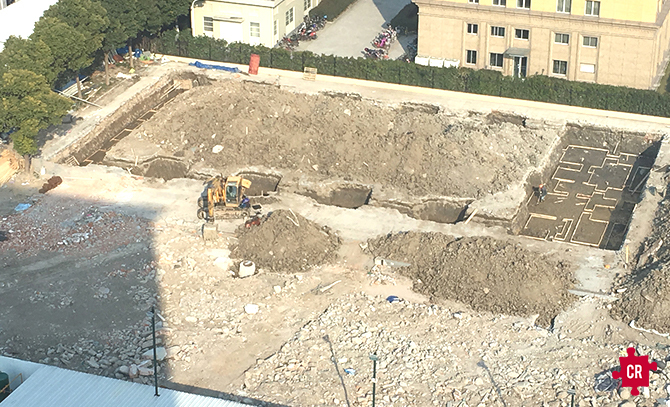
Comments are closed.